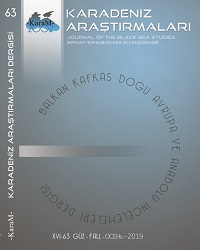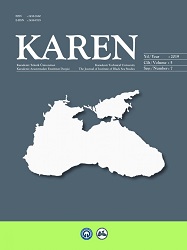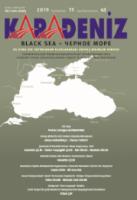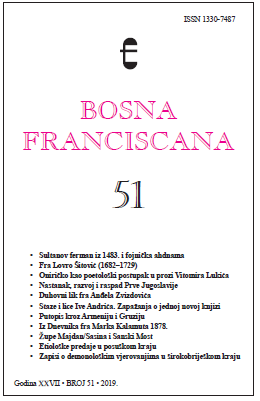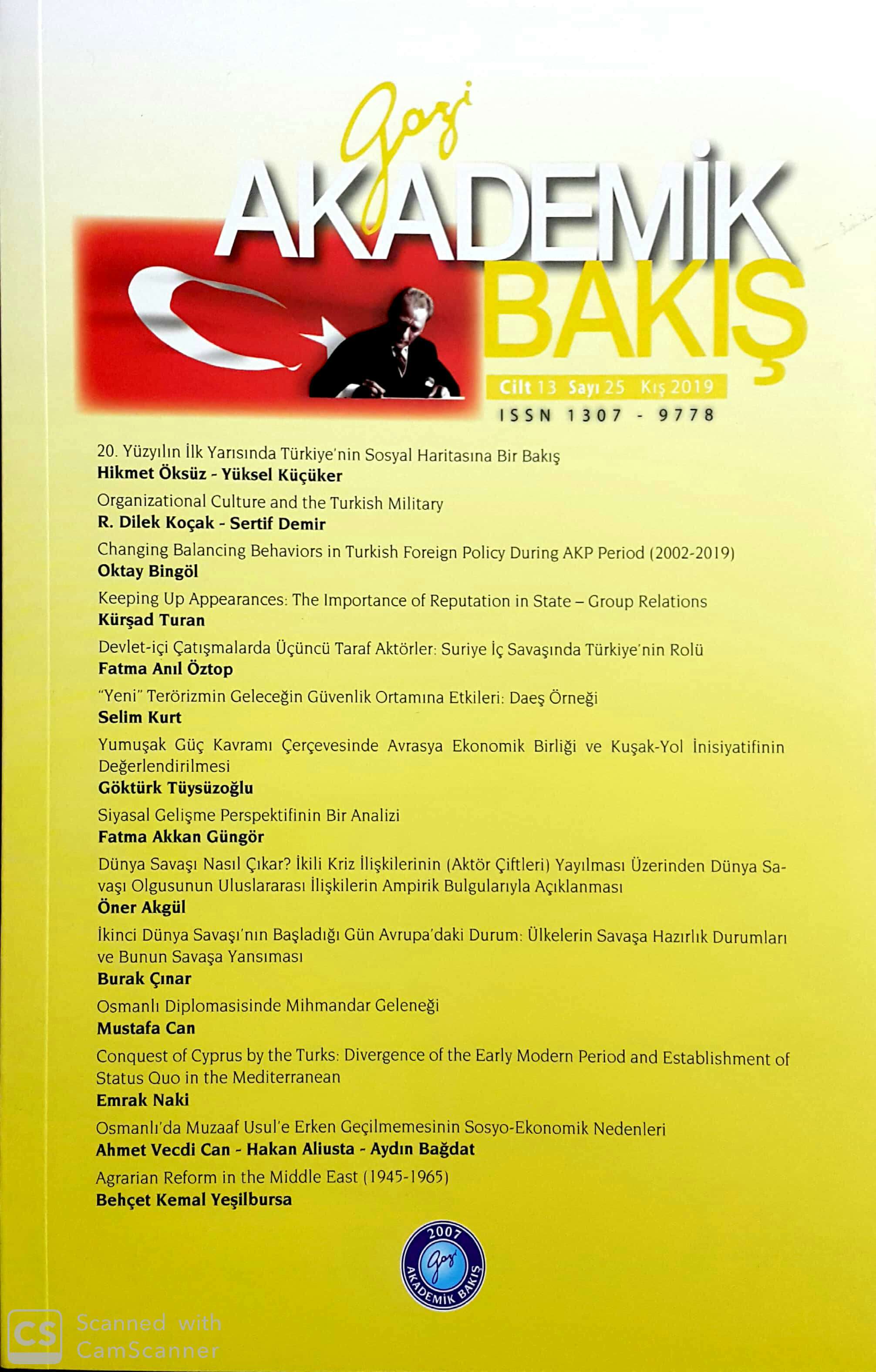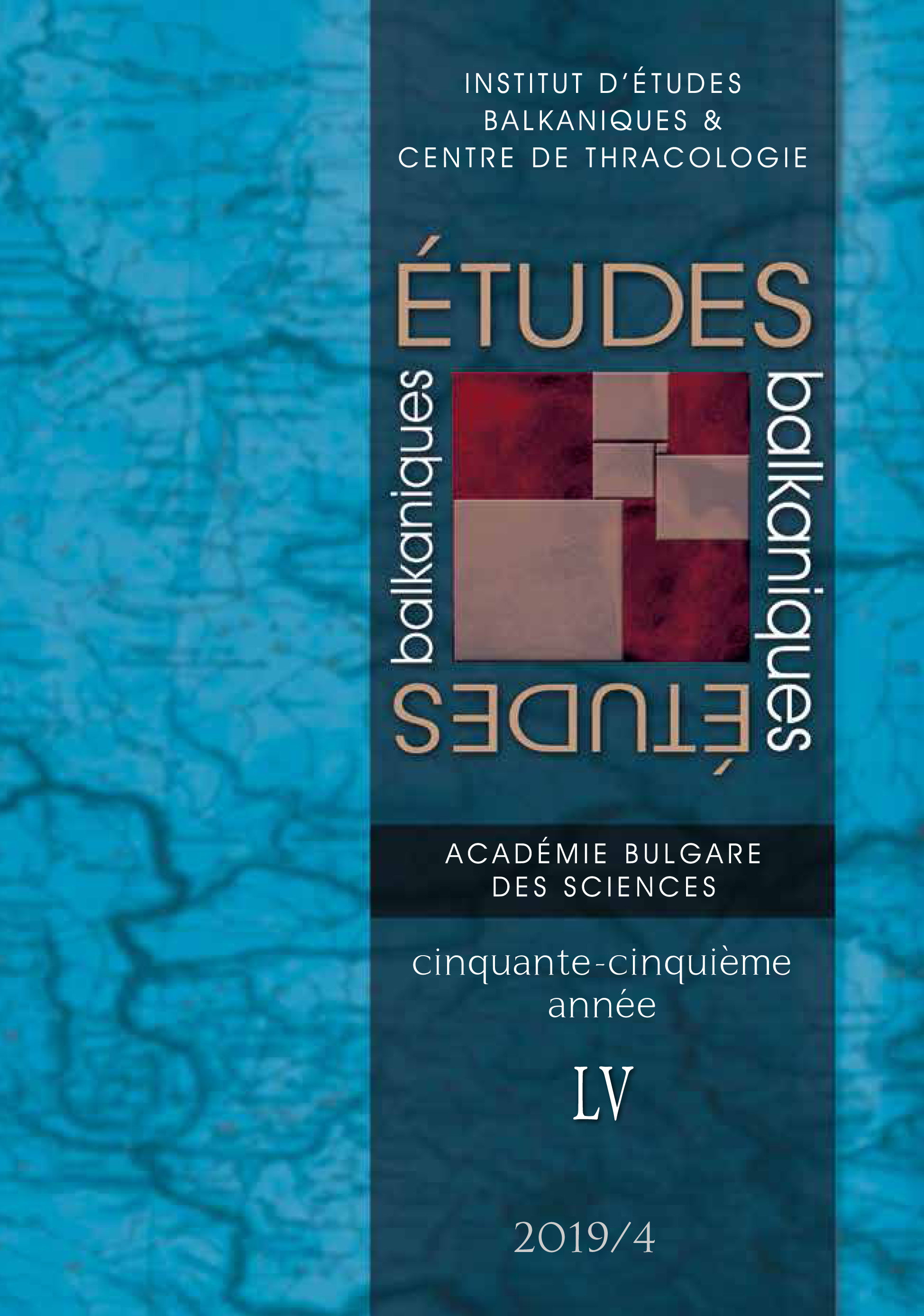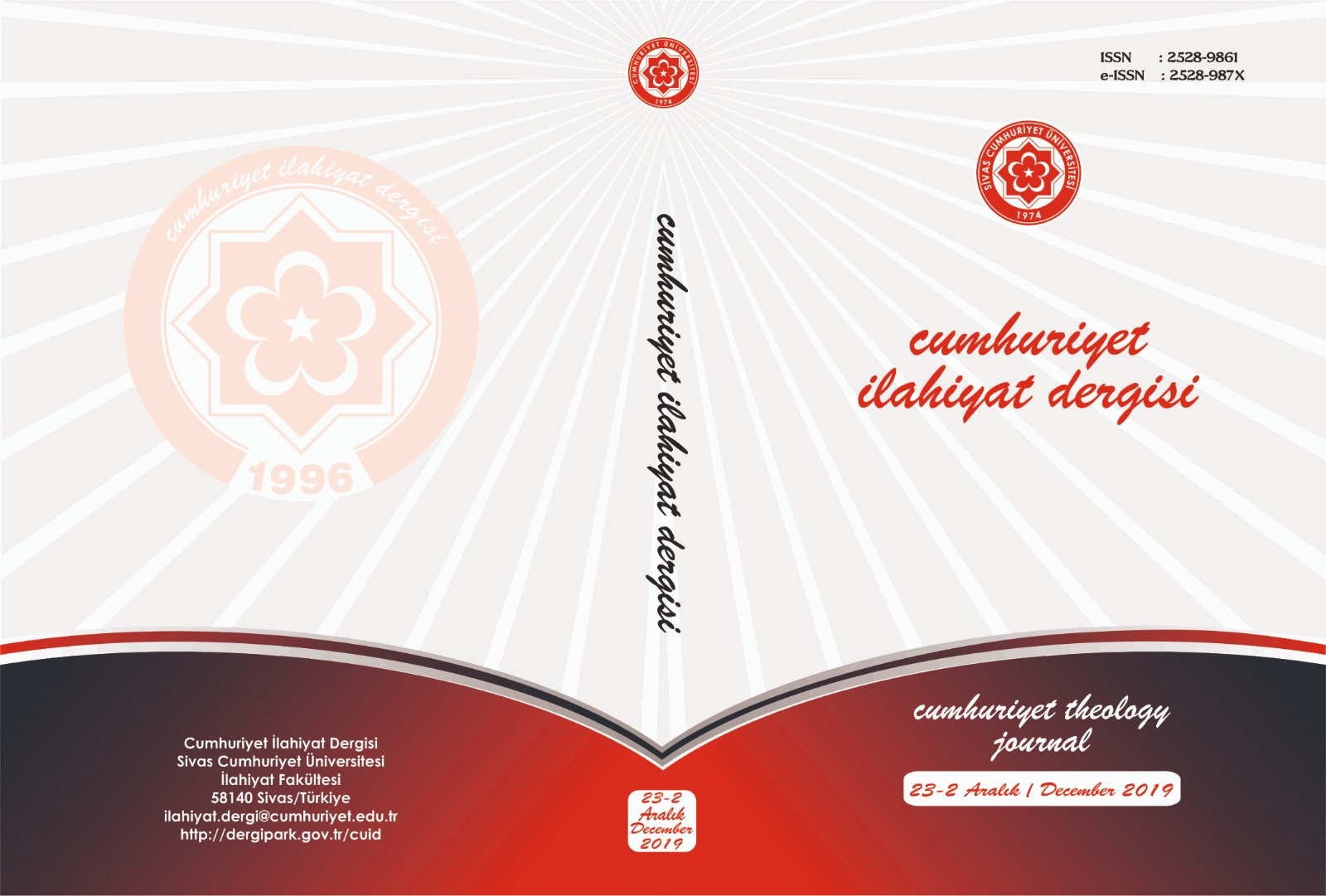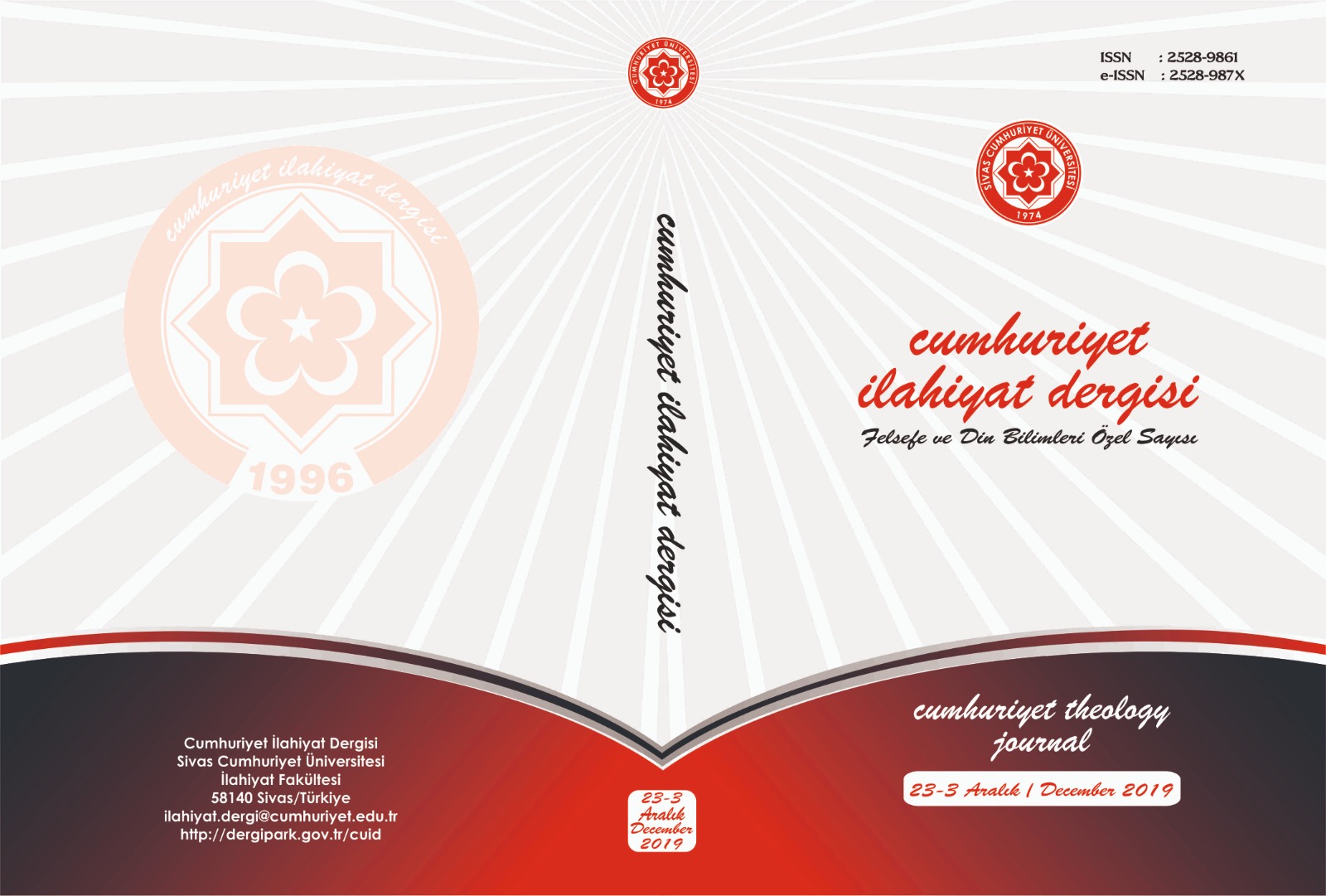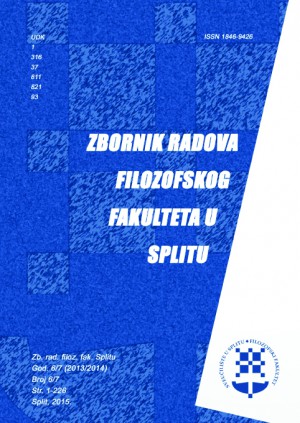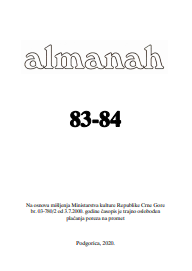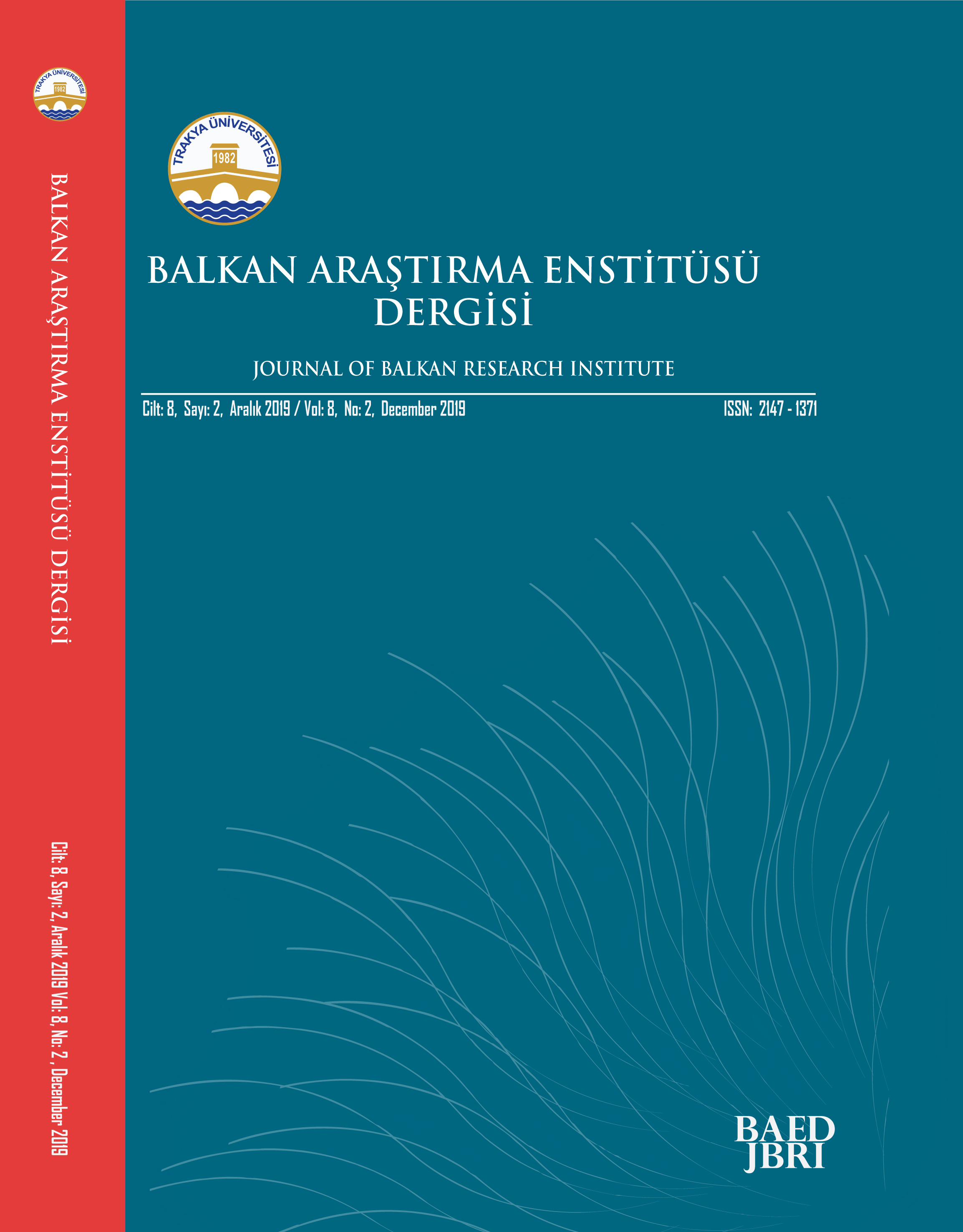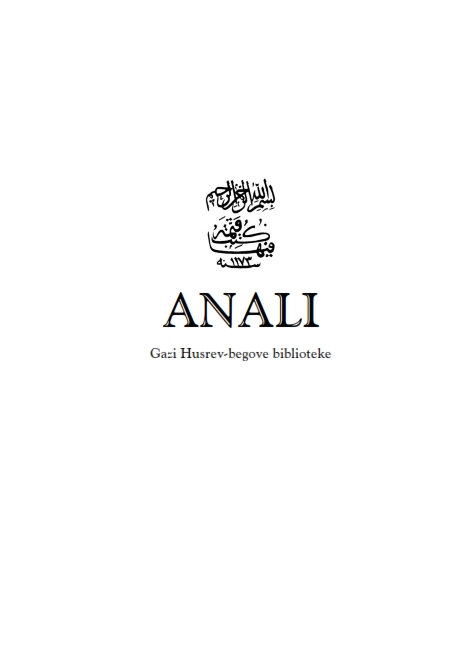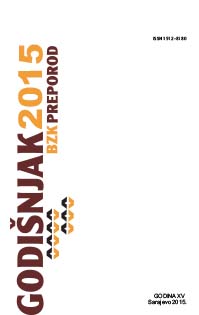
Mehmed-paša Sokolović: u povodu 510 godina od rođenja
Although the exact year of Mehmed Pasha Sokolović’s birth was not precisely defined, it is assumed that he was born in 1505 or in 1506 in the village of Sokolovići near Rudo in eastern Bosnia. Like majority of other Ottoman ruling elite members, during the first centuries after the establishment of the Ottoman Empire, Mehmed Pasha Sokolović arrived at the Ottoman palace by the recruitment or devshirme system (devşirme). Among the recruits, the groups were formed, mostly based on the same linguistic or ethnic / regional origin, which were often held solidarity even at the end of schooling. After testimonies of contemporaries and practical indicators, it was known that this type of solidarity was expressed particularly between Albanians and Bosnians. In current historiography of the Balkan peoples, the most energy has been invested in proving the origin of Grand Vizier Mehmed Pasha and other members of this family. Less space was devoted to the study of practical mechanisms that kept the Sokolović at the forefront of regional policy and the Ottoman Empire, unlike the others, through time marginalized elite families of Bosnian origin in the 16th century. Considering the number and representation of Sokolović at the top of Ottoman administration in the second half of the 16th century and at the lower military and administrative functions, at the first glance it was obvious that Mehmed Pasha, during his mandate, conducted nepotistic practices intisab or patronage based on the different types of connection (bloodline, friendly relationship, marital, ethnic origin, etc.). The Ottoman chronicler Ibrahim Alajbegović Pečevija, who was Sokolović after his mother, told us that the family Sokolović had Bosniaks’ origin and pointed out that Ferhad Pasha and Dervish Pasha Sokolović were Mehmed Pasha’s nephews. The other Ottoman sources as well as sources of other provenances confirmed close relationship with Grand Vizier. Almost all members of Sokolović family in Bosnia built religious and secular objects within their endowments.
More...
